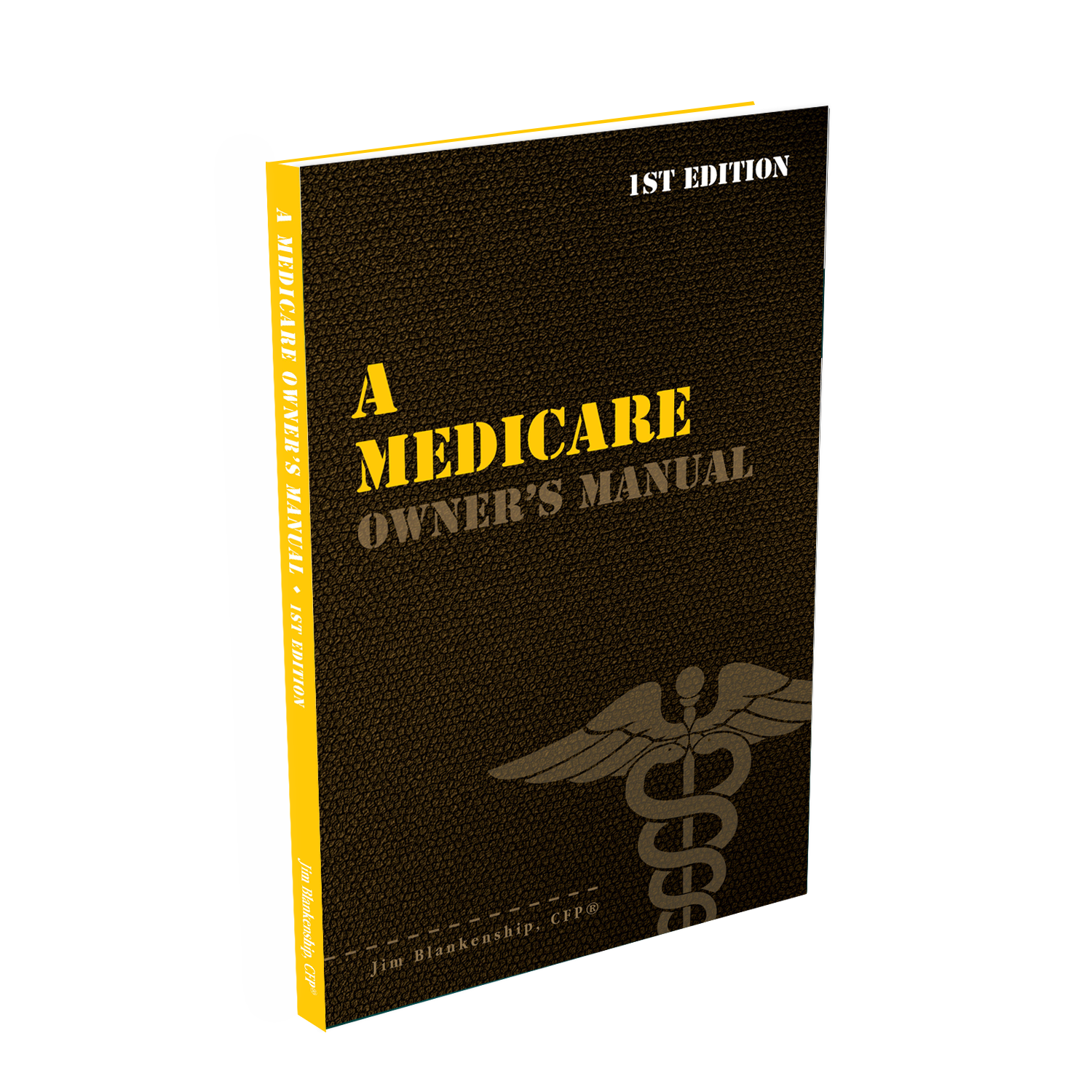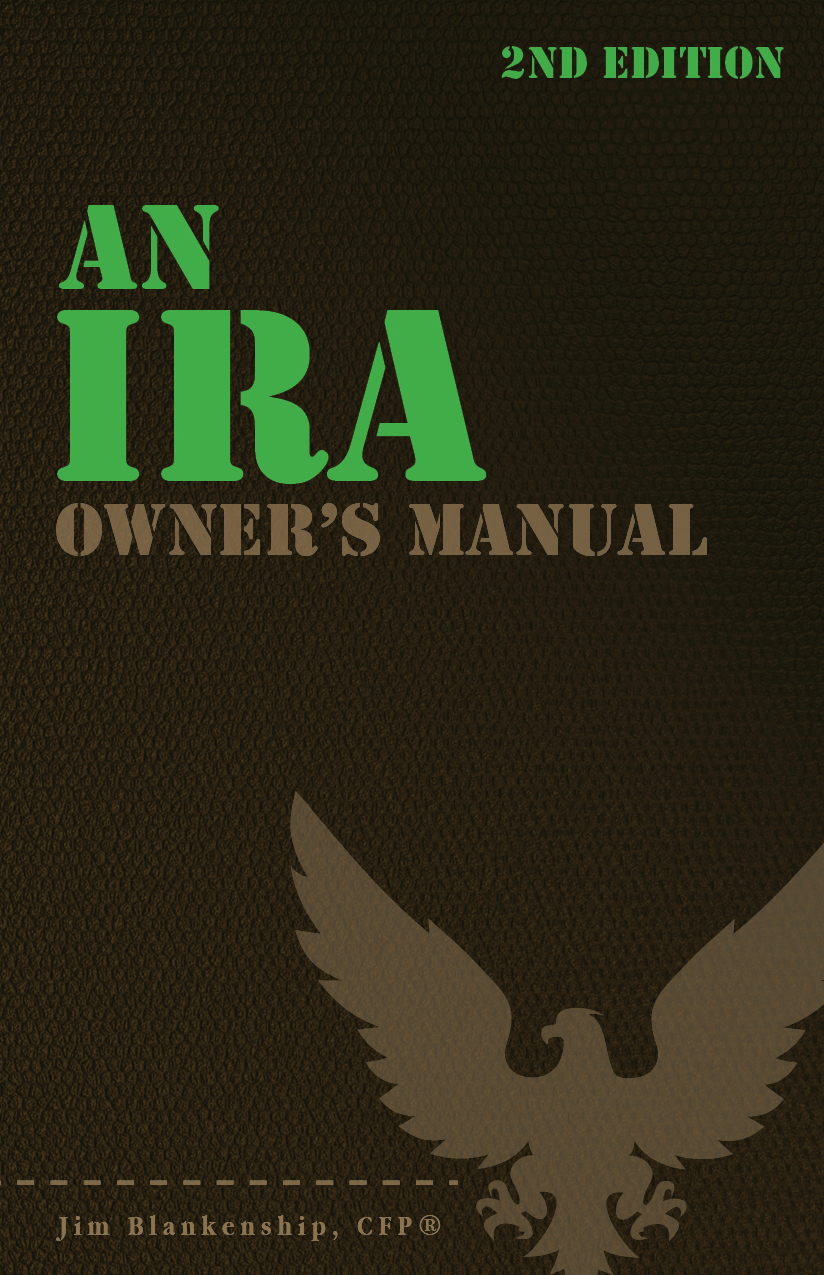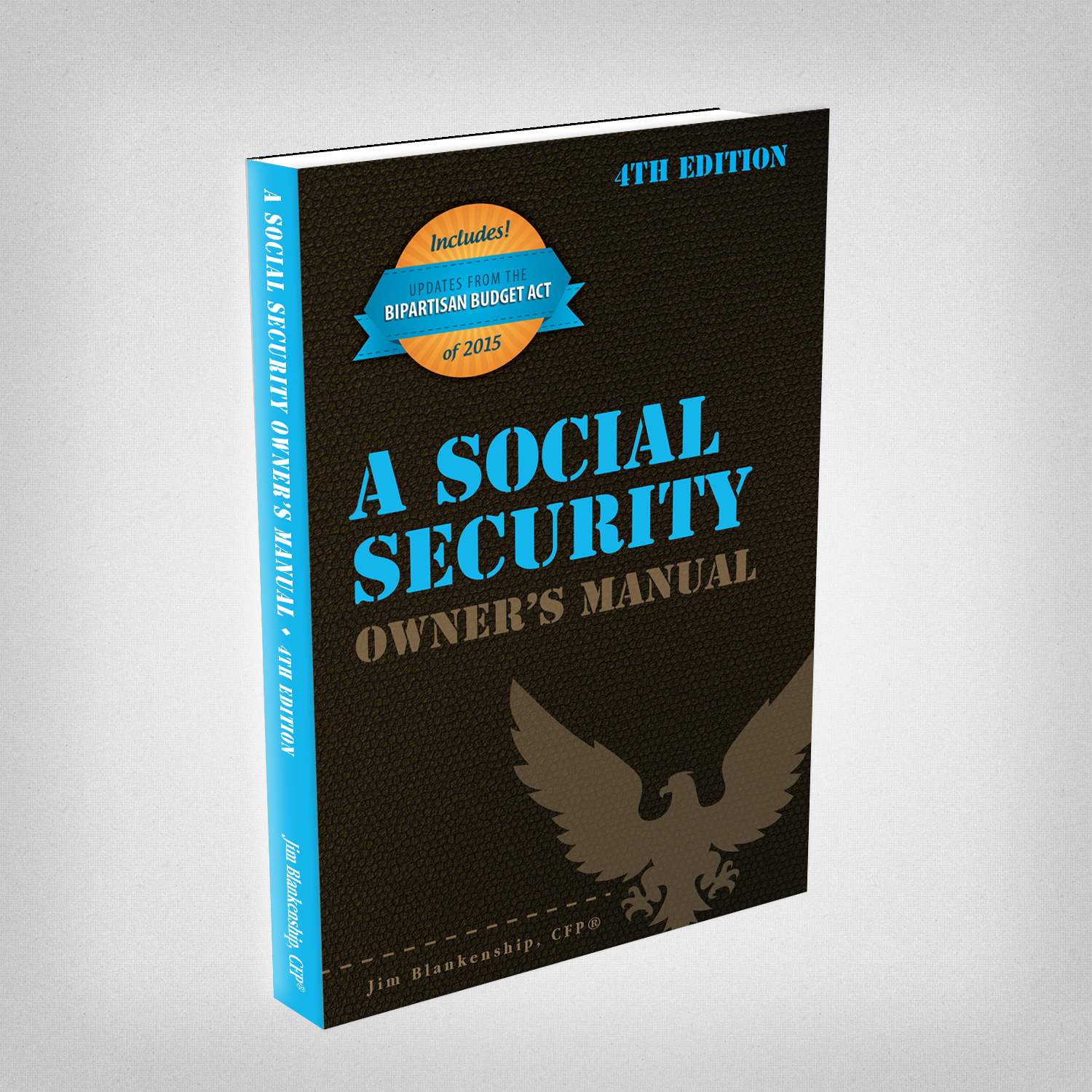Very often in my classes I get asked the question “What should I do first, pay off student loans or save for retirement?” My goal is to give some perspective on approaching these two very important issues.
Generally, holding student loans and making the minimum payments can lead to an unnecessary amount of interest being paid. For example, if an individual has a student loan at 6%, then that loan is earning 6% but for the lender not for the student. Many individuals find themselves wanting to pay off their student loans as quickly as possible.
On the other hand, recent college graduates are also faced with the decision to save for retirement. Many of them have heard that it is wise to start saving when they are young in order to let compounding work its magic. However, many individuals are confused as to which situation they should take care of first.
Here’s my take. If an individual has a 401k with employer matching, then it makes perfect sense to save to the maximum possible in order to receive the full the employer match. The employer match is essentially free money and is a guaranteed return on the employee’s deferral. If an individual does not have an employer match, they could still consider saving a percentage of their income – say 15% to start.
Once that is done, the individual can accelerate payments to their student loans. Essentially, the individual is earning a guaranteed rate of return equal to the amount of interest on the loan. I don’t know about you, but a 6% guaranteed return without risk is extremely difficult to achieve elsewhere. The beauty of this plan is that once the student loan is paid off the individual can take the money that was being allocated to the loan and reallocate to the retirement savings. Individuals finding themselves maxing out their 401k should consider contributing to an IRA once that happens.
Finally, a key to making this work is making the payments automatic. Saving to a 401k is automated easily since the deferrals are coming directly from the paycheck. However, accelerating student loan payments is less convenient. That being said, an individual can set up automatic payments through their bank to be made at periodic intervals (say, monthly) to their loan in order to put this on autopilot. Individuals may also consider allocating pay raises and bonuses to chip away at the loan.
This is one way an individual can take care of two priorities early in her career. The key will be to make these priorities above and beyond the temptations of everyday wants such as dining out or cable TV. More information on student loan payback options can be found here.



 Sterling Raskie, MSFS, CFP®, ChFC®
Sterling Raskie, MSFS, CFP®, ChFC® The latest in our Owner’s Manual series, A 401(k) Owner’s Manual, was published in January 2020 and is available on
The latest in our Owner’s Manual series, A 401(k) Owner’s Manual, was published in January 2020 and is available on  A Medicare Owner’s Manual, is updated with 2020 facts and figures. This manual is available on
A Medicare Owner’s Manual, is updated with 2020 facts and figures. This manual is available on  Social Security for the Suddenly Single can be found on Amazon at
Social Security for the Suddenly Single can be found on Amazon at  Sterling’s first book, Lose Weight Save Money, can be
Sterling’s first book, Lose Weight Save Money, can be  An IRA Owner’s Manual, 2nd Edition is available for purchase on Amazon. Click the link to choose the
An IRA Owner’s Manual, 2nd Edition is available for purchase on Amazon. Click the link to choose the  Jim’s book – A Social Security Owner’s Manual, is now available on Amazon. Click this link for the
Jim’s book – A Social Security Owner’s Manual, is now available on Amazon. Click this link for the  And if you’ve come here to learn about queuing waterfowl, I apologize for the confusion. You may want to discuss your question with Lester, my loyal watchduck and self-proclaimed “advisor’s advisor”.
And if you’ve come here to learn about queuing waterfowl, I apologize for the confusion. You may want to discuss your question with Lester, my loyal watchduck and self-proclaimed “advisor’s advisor”.